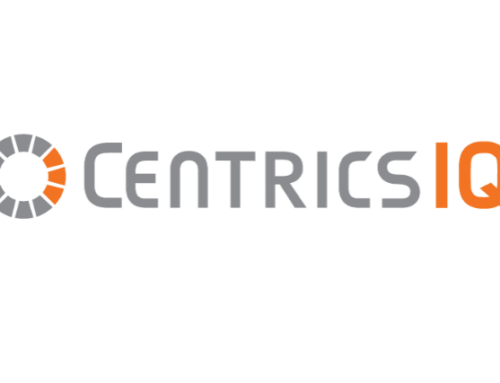Take 5 minutes to read this article
Finding the right vendor for your next outsourced IT project like:
- Digital transformation initiatives
- Datacenter moves
- Hardware disposition strategies
- Data sanitization protocols
… is not a light decision.
What you don’t want is to contract with a vendor who can meet some of your needs, but not others—and for them to not be upfront with you about that reality. In these cases, especially if the communication between you and your vendor is not as clear as you thought it was, you might need to do some vendor-realignment halfway through your project timeline.
By clarifying the project scope and success conditions in advance, you can minimize wasted effort and dramatically reduce missed timelines. Here’s how our team ensures that an outsourced IT project’s expectations align with the final deliverables.
Let’s Start with How an Outsourced IT Project Should Work
A project begins when a rep approaches us and shares as much info as possible about the company’s upcoming project. Using these metrics, we will be able to determine if we have the appropriate resources and tools to match the scope of the initiative.
If the project is a good fit, the rep will schedule a conference call with the client’s IT leadership teams so that our Project Management and IT teams can ask more granular questions about business planning, technical engineering, and the implementation of the initiative.
Once these questions have been answered, our PM will gather the available data and create a project plan through our planning tools including:
- Checklists of to-do items
- Engineer/technician live-tracking (when they arrive and leave the facility)
- Task requirements, compliance data, and other pertinent data storage
- Progress reports on sub-tasks of overall project
- Quality assurance check-ins at each project phase as it reaches completion to satisfaction
Our project portal enables instant communication between client and vendor, and has scalable restriction settings to give different people (on the client’s side) access to various aspects of the project. Moreover, as only engineers can complete some tasks, this portal enables the client to upload critical information to the platform for us to access and reference as we deliver our solutions. All communication appears in the project portal, so there’s no need to go searching through endless e-mail chains.
Our Project Coordinator (PC) will then create a custom template in the CRM—called a PSA, or Project Service Automation tool—for the current project that delineates exactly how each step should execute, when it should reach completion, and who should complete it. This system of checks and balances ensures the proper solution delivery to the client and gives our IT team all the information and resources they need to succeed.
Once the finalized project plan is in the project portal, a dedicated Project Coordinator (the Project Manager’s supplementary aid) will then take over the project to ensure the completion of each step to specifications. However, both the PM and PC will continue to collaboratively communicate directly with the customer (and the client’s PM, if one is present) to ensure completion of all deadlines throughout the project timeline.
Confirming Expectation Alignment
Throughout the entire process we collect critical documentation on both sides.
In the initial stages, when the sales rep first speaks to our team, they will provide a preliminary checklist with all the basic information we need for the project (e.g. contact information, PM details, etc.).
From there, we draft a Statement of Work (SoW) to ensure there is no miscommunication on either end. Depending on the size of the company, an SoW could require several rounds of approvals from the client’s side. Once the client and vendor have approved and signed the SoW, both parties can access a clean statement of work to confirm the deliverables at any stage of the project.
Stage Approvals and Quarterly Business Reviews (QBRs)
Stage Approvals
We specifically design stage approvals to mirror inflection points in the SoW. The onsite engineer confirms the approvals with a document addressing:
- General terms of behavior (signed ahead of time)
- Document of work for completion (copied from SoW and signed ahead of time)
- Delineates tasks performed on-site (signed by engineer on-site)
- QA report (signed by the customer on-site)
QBRs
With longer-term projects, CentricsIT offers clients a customized Quarterly Business Review. The PM will prepare a presentation with the customer to report on:
- SLAs (met, missed, and why)
- Case/projects (the number completed and still in progress)
- Stocking parts
- Number of secure stocking locations (SSL) and the level of security
- How many locations our company is supporting and where
- Which vendors (if any) we are leveraging for the project delivery
Our goal with these quarterly presentations is to remain highly transparent and to improve communication between our teams and that of the client’s. In addition to the client’s access to the project portal, we believe that regular face-to-face collaboration is essential to the accuracy and success of a large-scale IT initiative.
Intentional Alignment
At every step of the project, we take intentional steps to ensure that our team and the client are “on the same page,” with both preference and expectation. It’s time to work with an outsourced IT project vendor that pulls back the curtain and operates with transparency. Are you ready?
Struggling with communication during your large-scale IT initiative? Contact CentricsIT to establish a granular reporting system that intentionally established heightened accountability and accurate communication.





